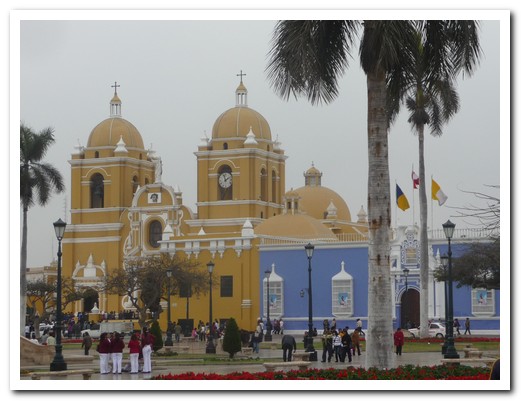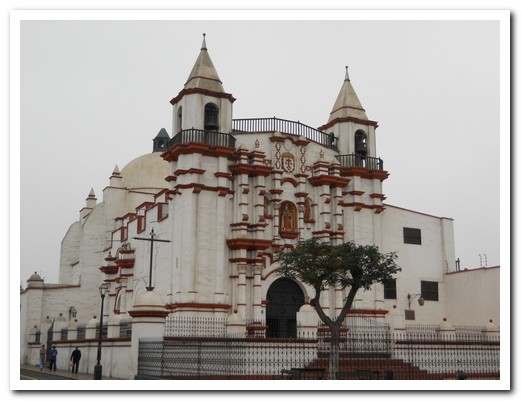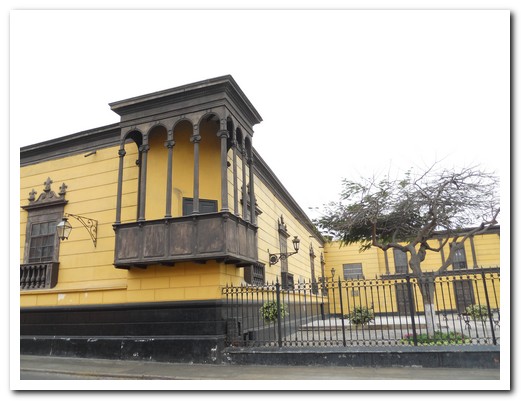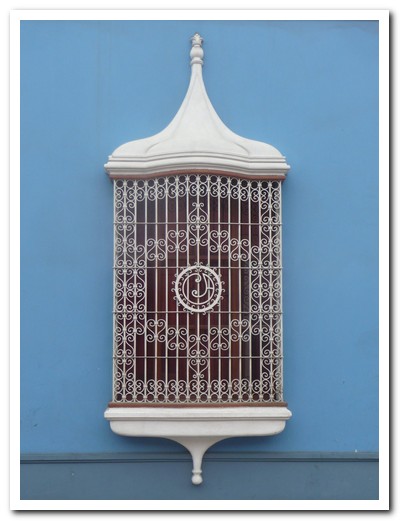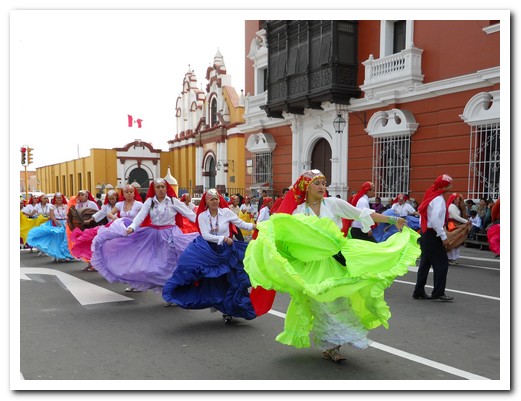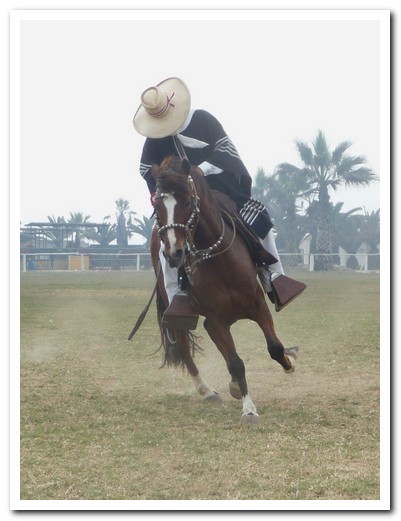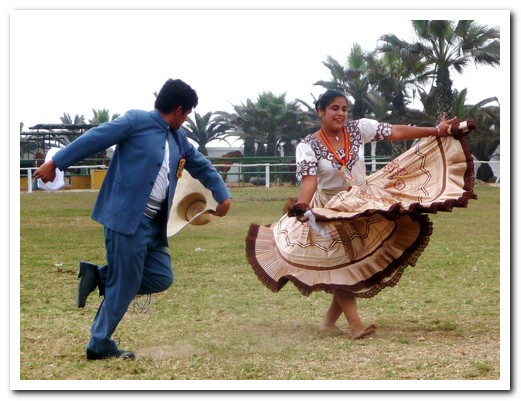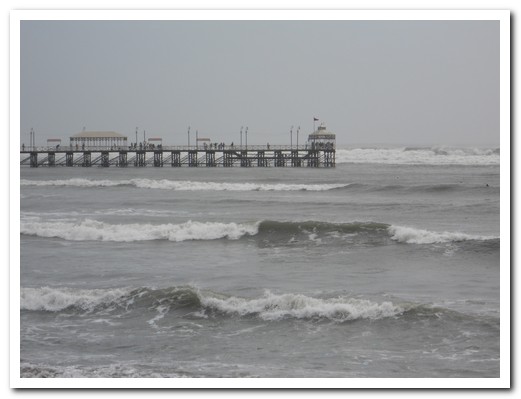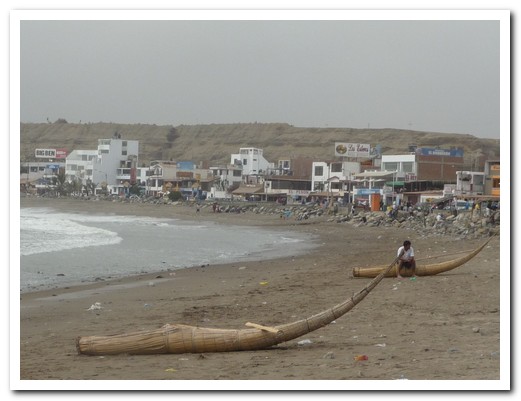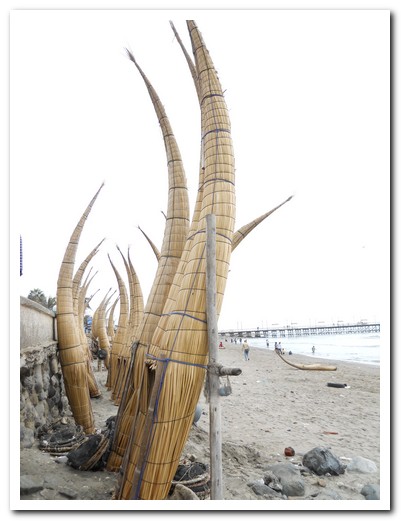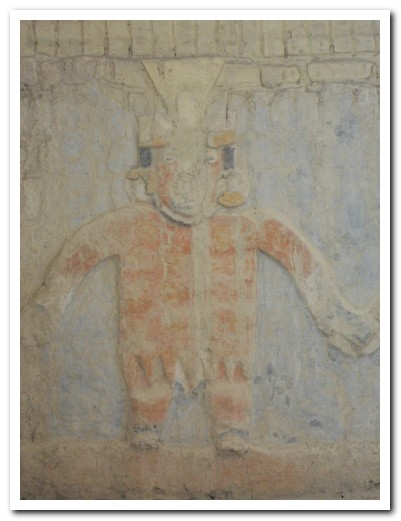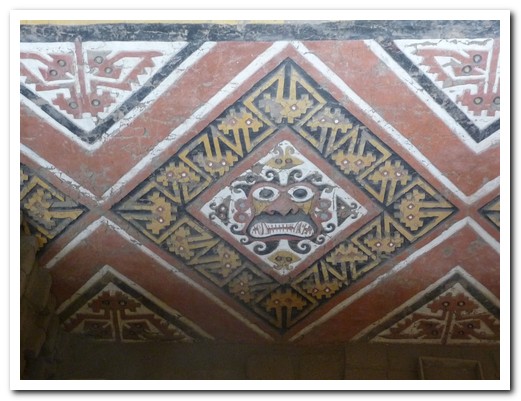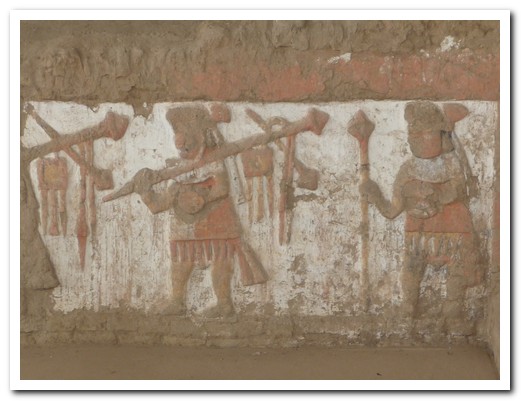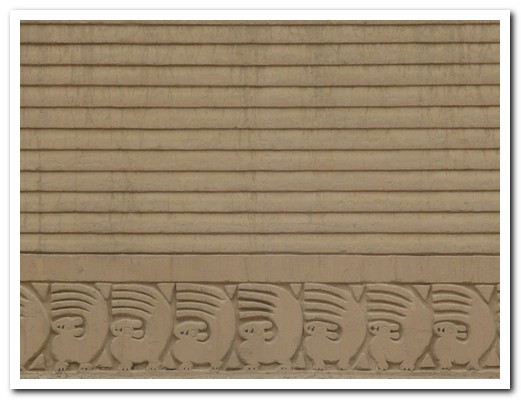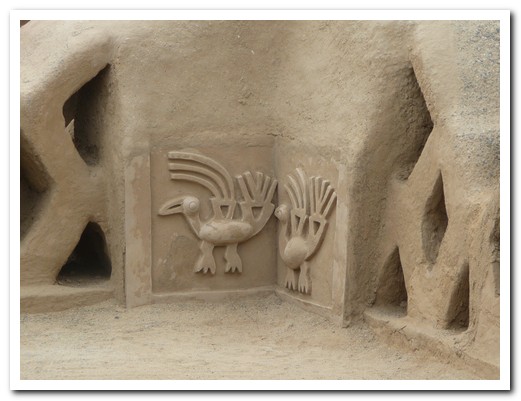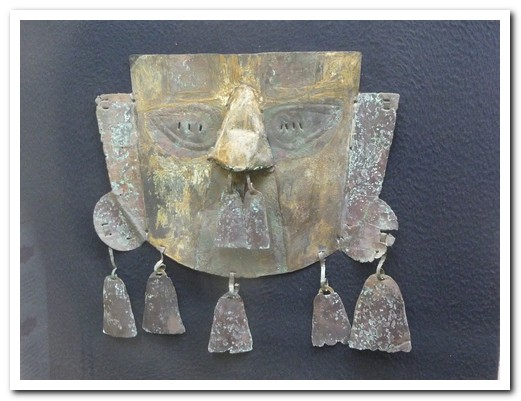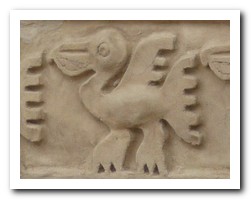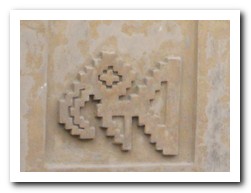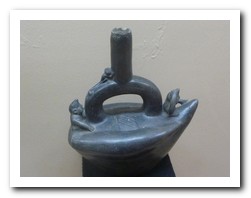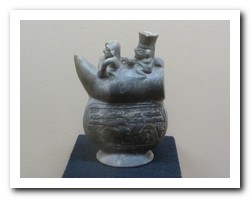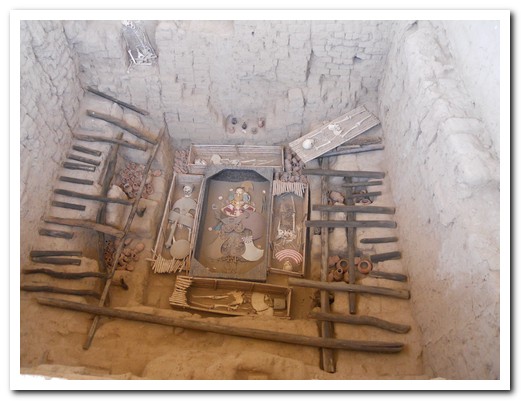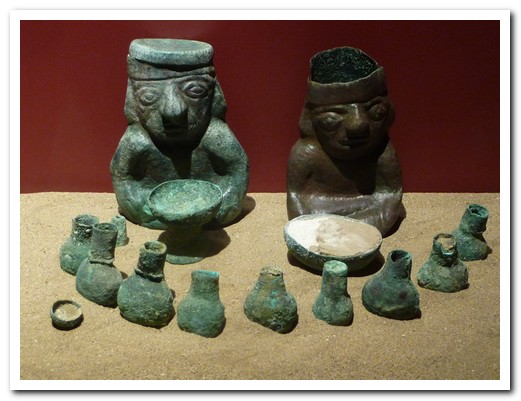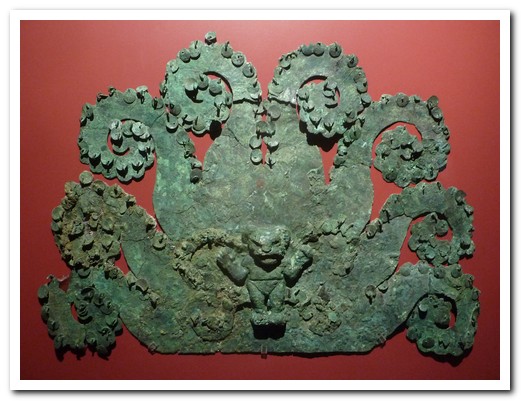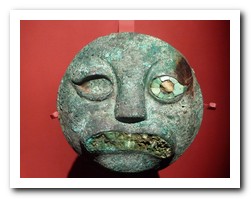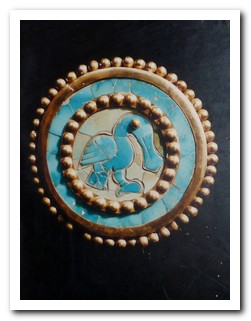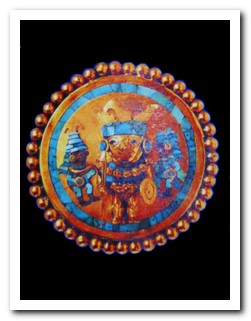Categories
- Argentina
- Chile
- Antarctica
- Easter Island
- Falklands (Malvinas)
- Bolivia
- Peru
- Uruguay
- Paraguay
- Brazil
- Venezuela
- Colombia
- Ecuador
- Galapagos
- Panama
- Costa Rica
- Cuba
- Nicaragua
- Honduras
- El Salvador
- Guatemala
- Belize
- Mexico
- Latin American Xmas
Pages
- Street Art of Buenos Aires
- A week in Buenos Aires
- The Jesuit Missions in South America
- Contact Us
- Map of Central America
- First week in Latin America – October 2009
- Home Page
- Map of South America
Archives
- October 2011 (3)
- September 2011 (9)
- August 2011 (10)
- July 2011 (7)
- June 2011 (6)
- May 2011 (11)
- April 2011 (10)
- March 2011 (4)
- February 2011 (5)
- January 2011 (6)
- December 2010 (6)
- November 2010 (4)
- October 2010 (8)
- September 2010 (5)
- August 2010 (7)
- July 2010 (5)
- June 2010 (6)
- May 2010 (6)
- April 2010 (7)
- March 2010 (6)
- February 2010 (9)
- January 2010 (4)
- December 2009 (8)
- November 2009 (5)
- October 2009 (2)
Northern Peru – The Coast
02nd September 2010
Clocking up bus miles, we headed 9 hours north to colonial Trujillo, named in honour of Francisco Pizarro´s birthplace in Spain when he founded the city in 1534. Trujillo is home to the Peruvian stepping horse and the most elegant dance, the Marinera. The central plaza was alive with people celebrating the Virgencita de la Puerta saving the city from a pirate attack in 1674. People dressed as gypsies and slaves danced in the streets, illustrating Trujillo´s colonial past.
.
Pre Inca, civilizations of the Mochicas and then Chimus inhabited the area. The area is dotted with what appears to be huge mounds of sand, but are in fact ancient adobe temples. The Mochicas (approx 0 – 800 AD) had a custom of burying old temples under new ones which helped in preservation, and archaeologists are still peeling away the layers.
.
Recently in the Huaca Cao Viejo (El Brujo), a tattooed mummy of a Mochica queen was unearthed. Here is a YouTube movie of the discovery. Other Mochica temples include Huaca del Sol (Sun Temple)made from 140 million adobe bricks, now resembling a giant pile of rubble is still to be excavated. The smaller Huaca de la Luna (Moon Temple) is nearby. Until recently it was covered by tons of sand, preserving the beautifully decorated 5 level facade.
.
Chan Chan, in an outer suburb of Trujillo, was the capital of the Chimu Empire (approx 800 – 1470AD), and the largest adobe city in the world, housing some 1000 thousand people. We visited one of nine palaces with reconstructed walls highly decorated with figures resembling fish, pelicans and sea otters as well as mythical scenes and geometric shapes.
.
Totora (reed) boats, caballitos, are still used for fishing at the nearby coastal village of Huanchaco.
.
Further north lies Chiclayo. In nearby Sipán, in 2 adobe pyramids, to date 16 graves have been discovered in Huaca Rajada. The first one belonged to the Mochicas most important ruler, the Lord of Sipán. His body was covered with layers of ornaments and surrounded by offerings in hundreds of ceramic pots in forms of his relatives and friends. Six other people were sacrificed lie with him. Fortunately it had not been discovered by grave robbers. Grave number 16, discovered 2 weeks ago (mid August 2010) was being unearthed when we visited. The Museo Tumbas de Sipán in Lambayeque contains the articles found in this and other tombs, giving an excellent insight into the sophisticated culture of the Mochicas. It is one of the world´s great museums. No photos allowed (but look here)!
.
